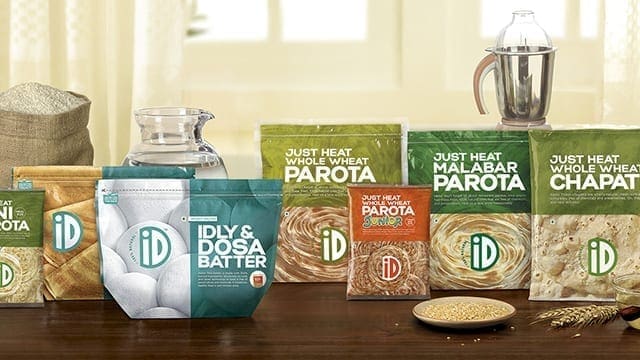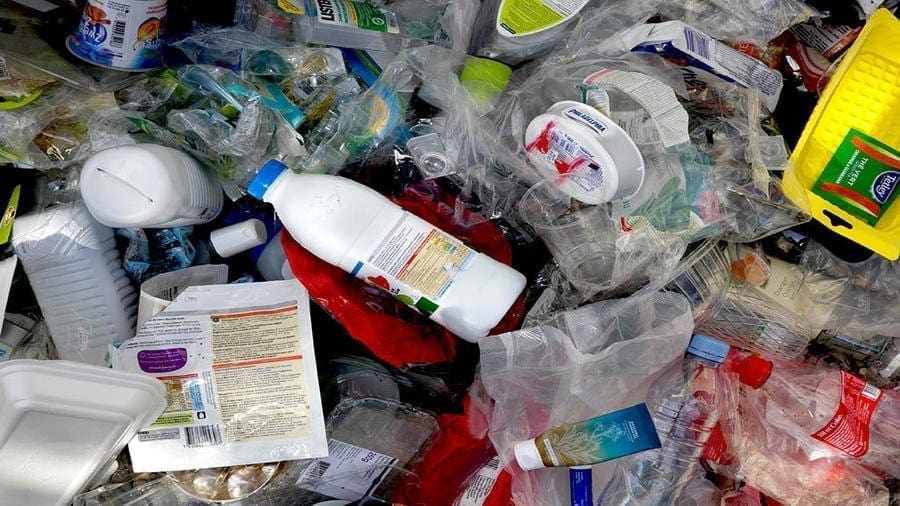INDIA – India’s food regulator will soon set new norms for pouches, foil containers, bottles and boxes that are used to package food and beverages to address concerns over contamination arising from sub-standard material and the printing on them.
“There will be separate regulations for packaging, for which draft regulations will be out soon,” said Pawan Kumar Agarwal, chief executive of the Food Safety and Standards Authority of India.
The new standards are intended to make food companies more accountable.
Current norms, adopted from Bureau of Indian Standards, focus more on labelling than on packaging.
The regulator now plans to frame its own set of benchmarks to ensure that all packaging used in food and drinks are safe and can be monitored.
India’s food packaging market is estimated to reach US$18 billion in 2020 from US$12 billion in 2016, led by fruits and vegetables.
Apart from convenience, packaging helps to reduce food wastage by enhancing their shelf life.
According to the present norms, aluminium, copper, brass, plastic and tin can be used for packaging and should conform to Indian Standards specifications.
Containers that are rusty, chipped or perforated are deemed unfit.
The re-use of tin and plastic containers is disallowed, especially for packaging edible oil and fat and there are specific rules for packaging of products such as milk, milk products, edible oil, fruits and vegetables, canned meat and drinking water.
The new guidelines will be based on a study conducted by the FSSAI and the Indian Institute of Packaging, an autonomous body operating under the Ministry of Commerce & Industry, on the quality of food packaging material manufactured in the country.
The study was commissioned because the regulator was of the view that there is a growing need to assess whether chemicals in food packaging pose health and safety risks and whether current regulations adequately manage them.
“During the study, we found that 100% of the samples did not pass the tests. In some samples, the colour was coming out of the packaging material.
We have submitted the report to FSSAI,” said NC Saha, director of the Indian Institute of Packaging in Mumbai.
Food packaging material is also a source of heavy metals such as arsenic, barium, cadmium, chromium, lead, mercury and selenium, which may contaminate packaged food and pose a hazard in higher quantities, he added.
“We are fully committed to complying with these new packaging norms once they are implemented,” said a spokesperson for Nestlé India.
“We have in place strict food quality and packaging norms, including quality checks at the different stages of our manufacturing process.”
As part of the study, samples were tested from the organised and unorganised food sectors in New Delhi, Haryana, Rajasthan, Uttarakhand, Uttar Pradesh, West Bengal, Goa, Madhya Pradesh, Maharashtra, Karnataka and Tamil Nadu for transfer of chemical contaminants into foods.
Also checked were the level of heavy metals in plastics used in packaging of food, pharmaceuticals and drinking water.
Economic Times











